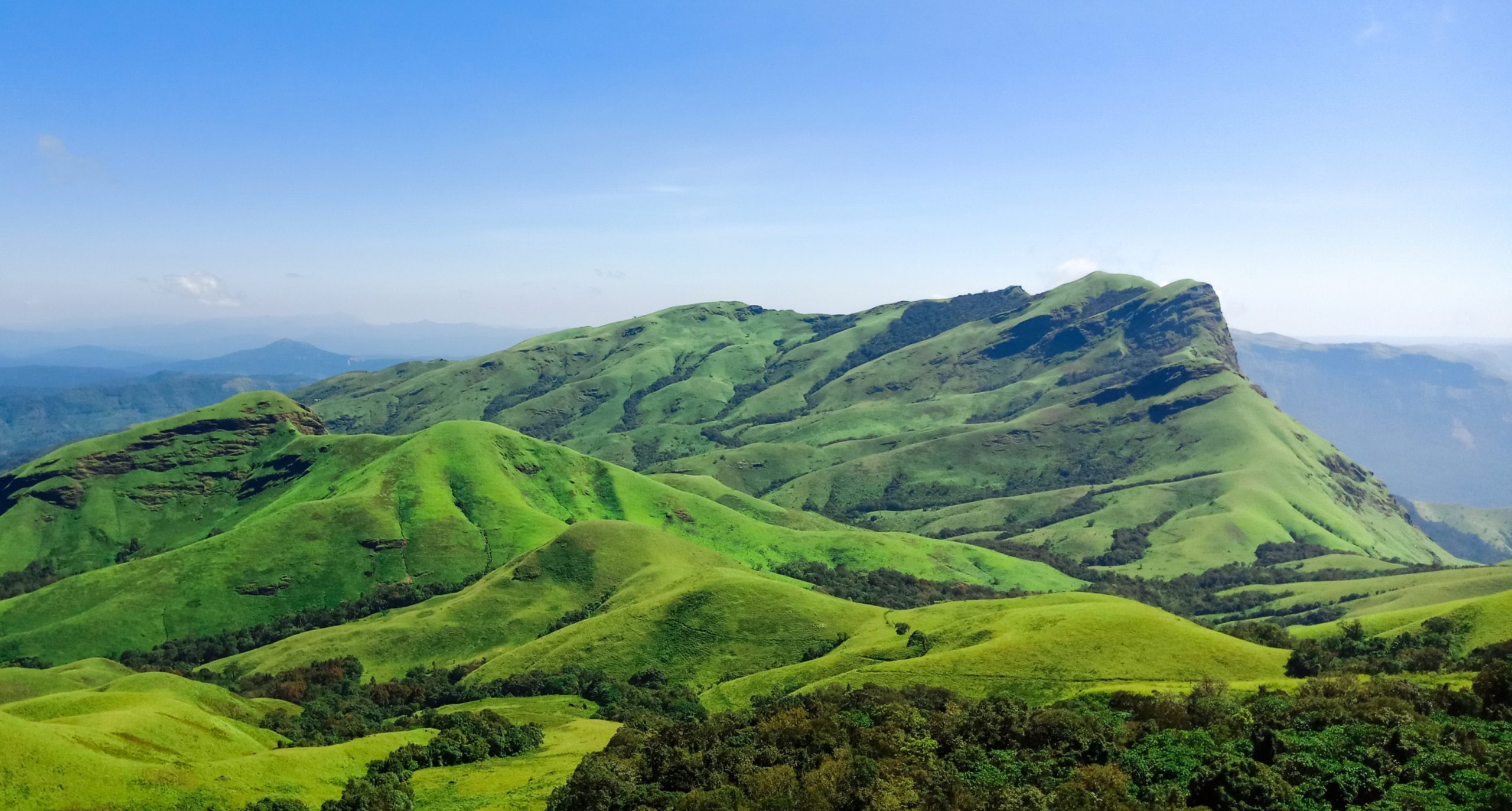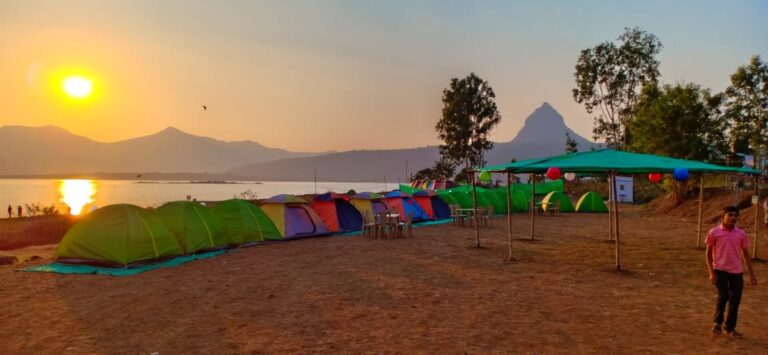
Best Time to Go Kudremukh Trek
Overview
Kudremukh, a pristine mountain range nestled in the Western Ghats of Karnataka, India, is a trekker’s paradise. Its name, which means “horse face” in the local Kannada language, derives from the unique shape of its peak. The Kudremukh trek offers a thrilling adventure, breathtaking natural beauty, and a chance to connect with the serene wilderness. To truly enjoy this trek, it’s essential to choose the best time to visit, considering weather conditions and ecological impact. In this guide, we’ll explore the best time to go on a Kudremukh trek.
About Seasonal
The Kudremukh trek, like many other mountain treks in the Western Ghats, experiences distinct seasons that significantly impact the trekking experience.
-
Monsoon (June to September):
-
- The monsoon season in Kudremukh is characterized by heavy rainfall, lush green landscapes, and swollen rivers and streams. While it offers a unique charm, it’s also the riskiest time to trek due to slippery trails, leeches, and the potential for landslides.
-
Post-Monsoon (October to November):
-
- Immediately after the monsoon, Kudremukh begins to dry up, making it an excellent time for trekking. The landscapes remain green, and the weather is relatively cool.
-
Winter (December to February):
-
- Winter in Kudremukh is cool and dry, making it the most popular season for trekking. The skies are crystal clear, and the views are a sight to behold. However, nights can be cold, so packing accordingly is essential.
-
Pre-Monsoon (March to May):
- The period just before the monsoon is marked by rising temperatures and increasing humidity. It’s still possible to trek during this time, but it can be quite hot and uncomfortable.
Now, let’s delve deeper into each season to help you decide the best time for your Kudremukh trek.
Monsoon (June to September):
The monsoon season in Kudremukh is a magical time for nature enthusiasts. The hills come alive with vibrant greenery, and waterfalls cascade down the slopes. Trekking during this period offers a unique experience as you’ll witness the Western Ghats in their full glory.
Rainfall:
Expect heavy and continuous rainfall, which can make the trails extremely slippery and muddy. Be prepared to get wet throughout the trek.
Leeches:
Leeches are abundant in the monsoon, especially in the forested sections. Wear leech socks and carry salt to deter them.
Landslides:
The risk of landslides is higher during the monsoon due to the saturated soil. Stay informed about local weather conditions and trail safety.
Limited Visibility:
Fog and mist may obstruct panoramic views, limiting your chances of witnessing the majestic Kudremukh peak.
Overall, while trekking in the monsoon season offers a unique and lush experience, it’s not recommended for beginners or those uncomfortable with challenging conditions.
Post-Monsoon (October to November):
The post-monsoon season is an excellent choice for trekking in Kudremukh. During this time:
Weather:
The weather is relatively cool and pleasant. Days are warm, and nights are cool, making it comfortable for trekking and camping.
Scenic Beauty:
The landscape remains lush and green from the monsoon, offering stunning views and vibrant flora.
Water Sources:
Streams and water sources are abundant, ensuring a steady supply of fresh water along the trail.
This season strikes a balance between the challenges of the monsoon and the crowds of the winter season. It’s an ideal time for trekkers who want to enjoy the natural beauty of Kudremukh with fewer obstacles.
Winter (December to February):
Winter is the peak trekking season in Kudremukh. Here’s why:
- Clear Skies: The skies are clear during this period, providing excellent visibility and breathtaking views of the Western Ghats.
- Comfortable Weather: While days are pleasant and sunny, nights can get quite cold. Make sure to carry warm clothing, especially if you plan to camp.
- Crowds: Expect more fellow trekkers during this season, which can be a pro or a con depending on your preference for solitude.
- Flora and Fauna: Winter allows you to witness different species of flora and fauna, as some plants bloom and animals become more active.
Due to its popularity, it’s essential to book accommodations and permits well in advance if you plan to trek in Kudremukh during the winter season.
Pre-Monsoon (March to May):
The pre-monsoon season in Kudremukh is characterized by rising temperatures and increasing humidity. While trekking is still possible, here are some considerations:
- Heat and Humidity: Daytime temperatures can be uncomfortably high, so carry plenty of water and stay hydrated.
- Limited Greenery: The landscape starts to dry up, and the greenery begins to fade. The scenery may not be as picturesque as during the other seasons.
- Fewer Tourists: This season sees fewer tourists and trekkers, making it a good choice if you prefer solitude.
In summary, the pre-monsoon season is a viable option for trekking in Kudremukh, especially if you’re looking to avoid the crowds. However, be prepared for the heat and the reduced lushness of the surroundings.



